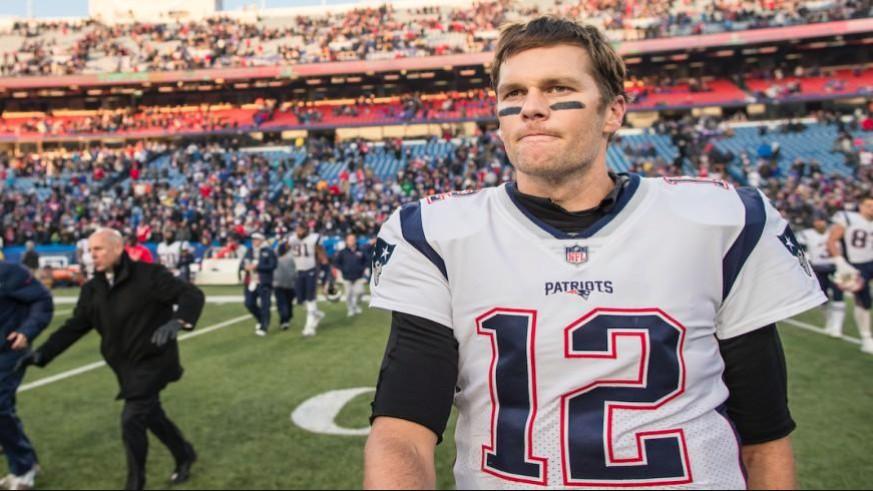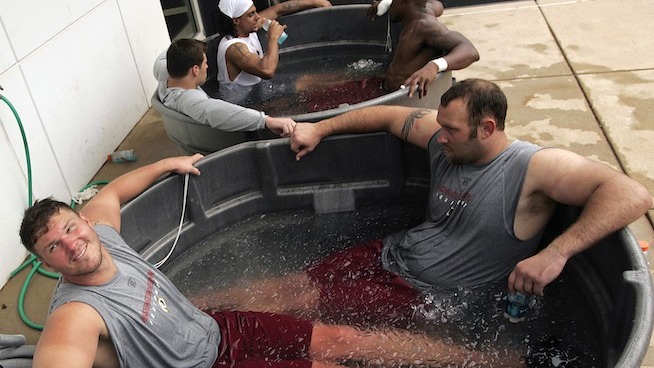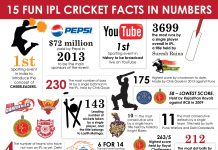At the time of writing this article Roger Federer has just won his 20th Grand Slam title and is currently ranked number 2 in the world, he is 36 years old. In the women’s game, you have Serena Williams who was world number 1 at the age of 36 but has taken a break after becoming pregnant and giving birth. A few years ago, any expert would have told you that 36 was too old to compete as a professional in tennis, let alone be the number 1 ranked player.
How Improved Fitness and Nutrition has helped the Middle Aged Man Dominate Sport
Of course being old and dominating sport is nothing new. In 1956 Sir Stanley Matthews won the Ballon d’Or (the most prestigious award in football) at the age of 41 and helped England beat Brazil 4-1. In 1948 Donald Bradman retired from cricket at the age of 40, hitting 173* against England and 187 against Essex. Jimmy Connors is another famously aged champion, not retiring from tennis until he was 44 years old!
But comparing professional sportsmen and women in the 21st Century with sportsmen and women from the 20th Century is futile. The level of professionalism across all sports has been raised massively. It is sometimes difficult to compare sports, but analysing the difference in marathon world records from 1908 (2 hours 55 minutes 18 seconds) to 2014 (2 hours 2 minutes 57 seconds) gives you a good idea.
Yes, Don Bradman would probably still dominate cricket today, as would Matthews, Connors, and many others. But you have to take their opposition into account. Of the ten fastest deliveries of all time in cricket, 8 of them came after 2000 and the other two came in the 1970s. Obviously there wasn’t any way to measure ball speed in 1910 but it is unlikely that Bradman was facing the same level of bowler as a current test batsman.
It’s the same story with tennis, where the fastest recorded tennis serve (163mph) was recorded in 2012, with the fastest 36 serves of all time being all recorded after 1998. Could a 36 year old Connors have dominated in the way that Federer has when younger players were serving 150mph serves at him? We’ll never know for certain, but it seems unlikely.
A New Generation of Legends
If we can agree that modern sport is played at a much higher level than historic sport, and at a higher intensity, you’d think that the age of retirement would have dropped significantly. For quite a few years this was the case. Pete Sampras is probably one of the greatest tennis players of all time but retired at just 32 years old.
From 1978 to 1990 the average age of Grand Slam players for male tennis dropped from 27 years to 23 years. But by 2016 the average age had risen to 28 years old. The women’s game noticed a rise from 23 in 1984 to 25 in 2016. You’ll notice similar changes in other sports too, in football you have players such as Ryan Giggs who retired at age 41 after spending his entire career in one of the biggest football teams in the world.
In cricket, Jacques Kallis retired at the age of 39. He may have lost some of his speed and power in the last few years of his game, but he was still one of the best ODI and Test players in any team when he finally quit. If you watched the Superbowl this year, you will have seen a 40 year old Tom Brady still playing at the top of his game, while surrounded by players half his age.

How is it that these stars were able to play at such an incredibly high level while at an age where most sportsmen and women will have retired? Well partly this is down to all of these players being elites within their sport. This means high levels of skill, intelligence, tactical nous, and often good management (playing them for certain games, and resting them for others). But their fitness, conditioning, and nutrition will have also had a huge part to play.
Strength & Conditioning
Before the modern era of sport, fitness was seen as important but it was not taken as seriously as it is today. It couldn’t have been, some of the biggest changes in how we train our athletes are recent inventions. Strength and conditioning made such a difference to rugby that it changed the face of the sport, and not necessarily for the better. Gone was the flair of the Welsh players of the 70s, and in was the “Warren Ball” tactics of sending huge units out to batter the opposition.
But strength and conditioning has had huge benefits for players across all sports, tennis players have been able to improve their power. This means that their ability to hit the ball harder will not diminish with age in the same way that it would have done 30 years ago. Strengthening hamstrings, glutes, and quadriceps can help protect footballers from career ending knee injuries, and allows them to survive intense football games at an older age.

Sport specific exercises (usually plyometrics) have really helped to injury-proof sports stars, with lots of football, cricket, and rugby players following specific warm ups that suit their needs. No more static quadricep stretches before a game. Many players employ their own strength and conditioning coaches or personal trainers, which again helps improve their training as the workouts are tailored to their specific needs.
Recovery
But it’s not just about what is happening on the pitch or on the training ground, it’s about everything outside it. Players have access to top of the range physiotherapists, specialised doctors, and the best technology for improving recovery. While the ice bath is still popular in some sports, many teams and individuals are looking for more effective ways to recover.

Football teams like Manchester United and Barcelona have spent millions to help improve their players’ sleep quality, through the use of specially designed bedrooms. Players can have a nap after training which will massively improve their recovery from exercise and reduce the risk of injury.
Nutrition
Sports nutrition has been around for decades as a science, but it wasn’t until the 21st Century that sporting teams began to take it seriously. Lots of nutritional practices were based on folklore and hearsay rather than on scientific journals. But these days it is not unusual for a top level competitor to have their own dietician and personal chef. Just to ensure that they are getting enough protein, and eating foods that are high in vitamins and minerals.

Marginal Gains
David Brailsford is the most successful cycling coach in the history of the sport overseeing British cycling success in the Olympics and in the Tour De France. He was the first person to start using the term marginal gains, where you search for every single advantage that you can get to help you improve performance – even if it is only by 1%.
While he may have been one of the first to mention it, he probably wasn’t the first to utilise it. American sports such as Football, Basketball, and Baseball have all experimented with it in the past. Now the idea is pretty ubiquitous, with athletes reaping the benefits of taking every advantage and using it to prolong their careers, and to dominate their sport.
This was not happening during the Rugby World Cup in 1995 when the Boks won, but imagine what it could have done. If those players had had access to the recovery treatments that modern players have today, or the nutritional strategies, or strength and conditioning programs. Who knows how long this could have prolonged the careers of some members of that team?
The Future
It is difficult to predict what will happen to middle aged sports stars in the future. Will the improvements in science help them to have even longer careers? Or will the improved fitness and nutrition that helps them, help younger athletes to develop even faster? Impossible to say either way, but one thing is certain, the intensity of sport is only going to increase as the years go by.











